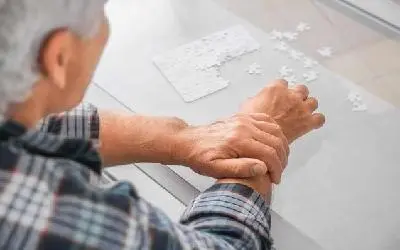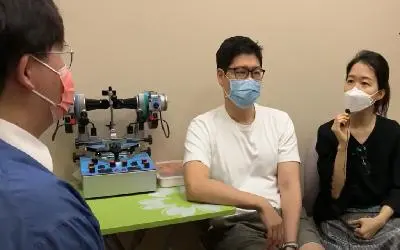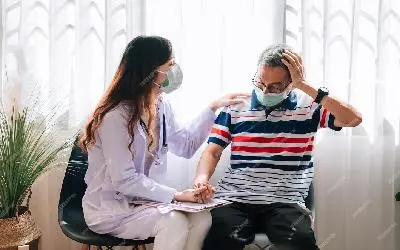Humans see the world using two eyes, but it’s the brain that merges both sets of images into one. If this process is disrupted, it can cause vision problems. Conditions like stroke, brain injury, or reduced brain oxygen can lead to blurred vision or double vision after a short period of focusing. These issues might also bring on fatigue or headaches. Experts call this issue “binocular fusion dysfunction,” where the brain struggles to merge both eye images into one over time.
Katharina Schaadt, a psychology student at Saarland University, explains, “This greatly reduces their ability to see, impacting their work and daily life.” Tasks like using a computer or reading become very hard. For those needing depth perception, this can lead to partial or complete loss of depth perception, making the world seem flat. In severe cases, they might struggle to reach for things, climb stairs, or walk on uneven ground.
Despite affecting around 20% of stroke patients and up to 50% of those with brain injuries, there’s been no effective treatment. But researchers at Saarland University, led by Anna Katharina Schaadt and Professor Georg Kerkhoff, have developed a new therapy. This involved a six-week training program focusing on improving how both eyes work together. Patients were shown two images slightly apart and trained to merge them by moving their eyes towards the nose while keeping both images in sight. This helped recreate single vision with depth.
They tried this program on eleven stroke patients, nine with brain injuries, and four with reduced brain oxygen. After the training, all participants showed major improvement in merging images and depth perception. Many even regained normal depth vision. “The results stayed strong even after three and six months,” Schaadt noted. Patients who could only work on a computer for 15-20 minutes before treatment found they could manage up to three hours after the therapy.
Beyond helping patients, these findings also shed light on brain function, suggesting that damaged brain areas could recover with the right therapy.
JOURNAL REFERENCES:
- Anna-Katharina Schaadt, Lena Schmidt, Caroline Kuhn, Miriam Summ, Michaela Adams, Ruta Garbacenkaite, Eva Leonhardt, Stefan Reinhart, Georg Kerkhoff. Perceptual Relearning of Binocular Fusion After Hypoxic Brain Damage: Four Controlled Single-Case Treatment Studies.. Neuropsychology, 2013; DOI: 10.1037/neu0000019
- A.-K. Schaadt, L. Schmidt, S. Reinhart, M. Adams, R. Garbacenkaite, E. Leonhardt, C. Kuhn, G. Kerkhoff. Perceptual Relearning of Binocular Fusion and Stereoacuity After Brain Injury. Neurorehabilitation and Neural Repair, 2013; DOI: 10.1177/1545968313516870
Comment: I am so sorry to tell you, this isn’t NEW for us as a Neuro-Developmental and Behavioral Optometry, we did this for decade already.



